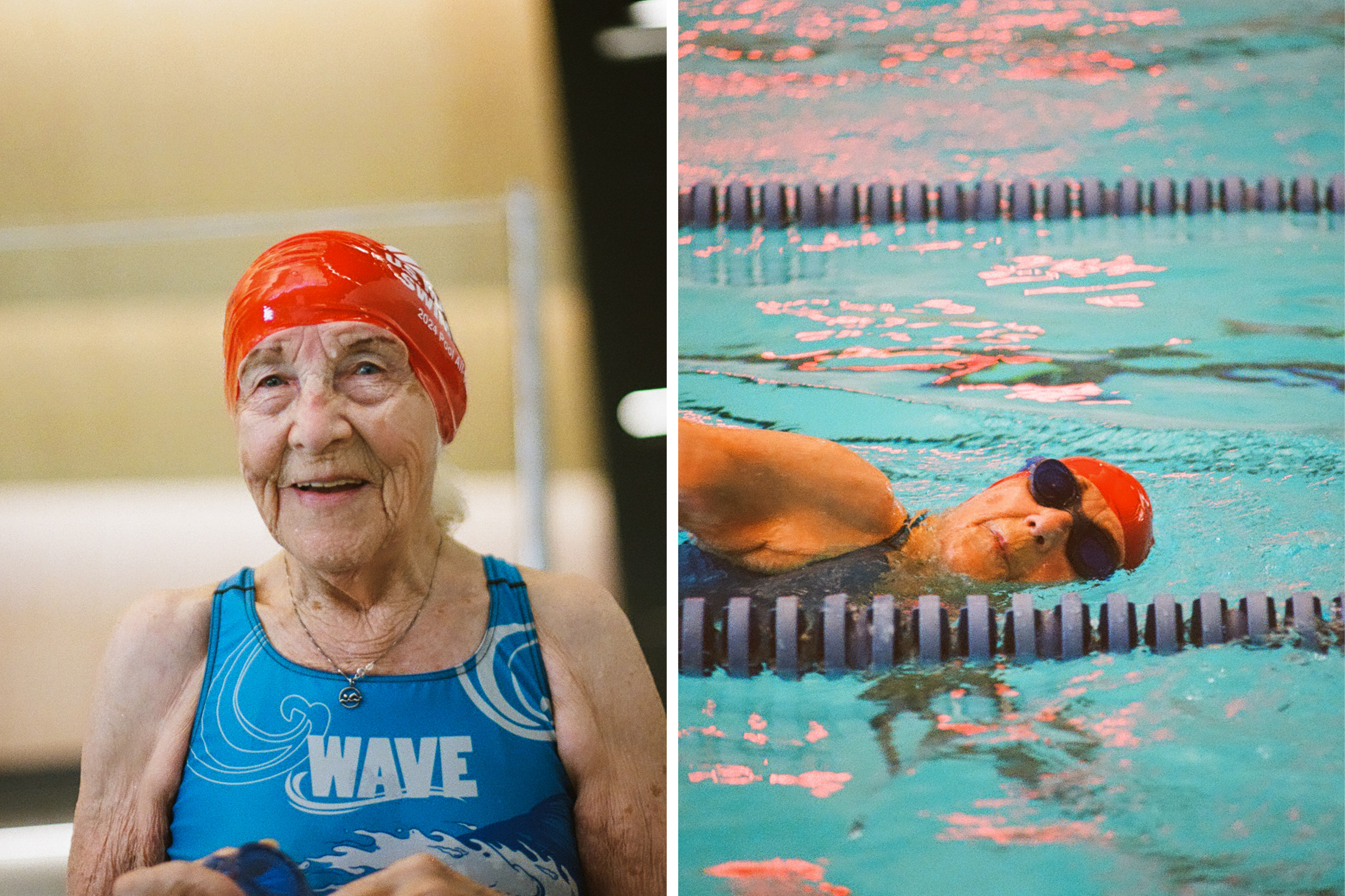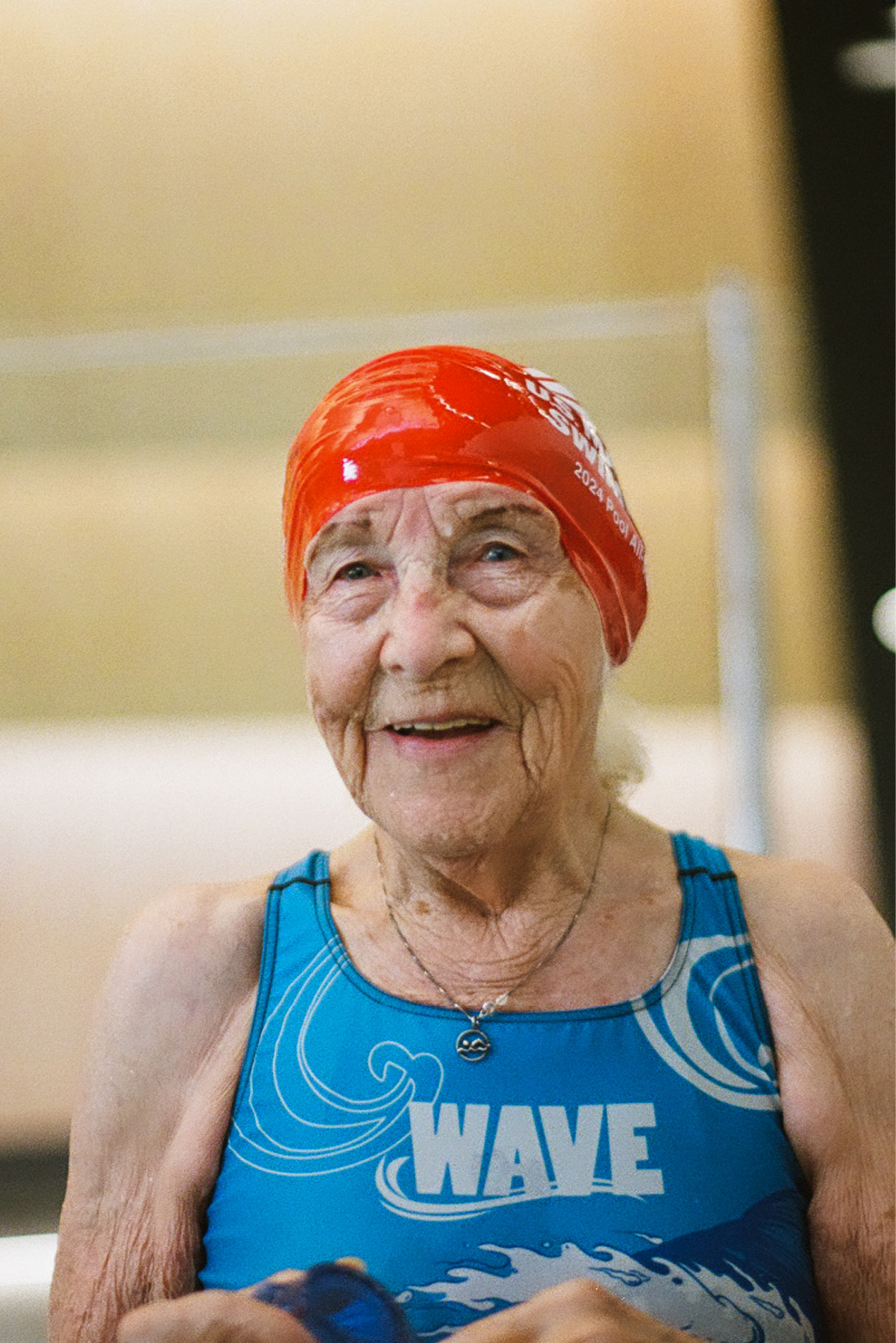There’s a story many of us tell ourselves about movement. A story that is likely a familiar companion, and one that also shows up in other areas of our lives. A story that says we need to be in a perfect body and have a perfect set of conditions before we begin.
During my school years I believed I wasn’t “good” at physical exercise. I wasn’t a fast runner, contact sports were not my thing, and I’d usually be one of the last to be picked for teams. All of these experiences were instrumental in strengthening my story about movement; it wasn’t for me.
In my thirties, I discovered yoga and I began to feel a connection to my body in a way I hadn’t believed possible. I felt a sense of safety when I was on the mat. My practice became something sacred to me and movement was therapeutic and nourishing, something that brought both joy and comfort.
Yearning to deepen my practice, I trained to become a Vinyasa yoga teacher. I was thrilled to receive my certification and went on to teach classes in London and Cyprus. But just as I was starting to help other people reap the benefits from movement, my own practice dwindled and my Not Good Enough story began to resurface. My inner critic happily informed me that other yoga teachers were superior to me. After all, didn’t they have better bodies and more stylish outfits? Weren’t they achieving complex poses with far more ease?
Once again, movement became something I questioned as my right to experience, much less enjoy. I stopped teaching, and I stopped practicing.
It took a herniated disc and subsequent sciatica when I was 44 for me to find my way back to the mat. My mobility was severely impacted and part of my rehabilitation was a series of very small stretches throughout each day. Initially, I felt hugely frustrated at the limitations of my body. We’re taught that a less than perfect body equates to a less than worthy person, conditioning I had soaked up subconsciously for years.
But showing up for myself on the mat daily helped me to uncover a different story. One that didn’t require perfection or external validation. One where I was choosing myself and working with whatever I had available to me in that moment. A story that wasn’t waiting for me to be pain-free or perfectly put together before I could begin.
As I approach 47, movement has become more precious to me than ever, especially as I navigate perimenopause and pay attention to a new set of physical, mental, and emotional needs. Being in a changing body can be unsettling, but maintaining a consistent practice has become a much cherished form of self-care.
Live well and age better with your weekly 10-minute wellness habit. Join Movement Living to get your free wellness newsletter, delivered every Monday.

Skylar empowers women to embrace aging and stay seen in a world that asks them to become invisible. Born in London, Skylar moved to New York City when she was 40. Her most recent project, a 2020 documentary diary, A Woman in the World, was selected for inclusion in the U.S. National Women’s History Museum’s “Women Writing History: A Coronavirus Journaling Project.” Her course Visible is designed to help women develop the courage and confidence to be visible in their forties and far beyond. You can find out more about her work at: skylarlibertyrose.com







